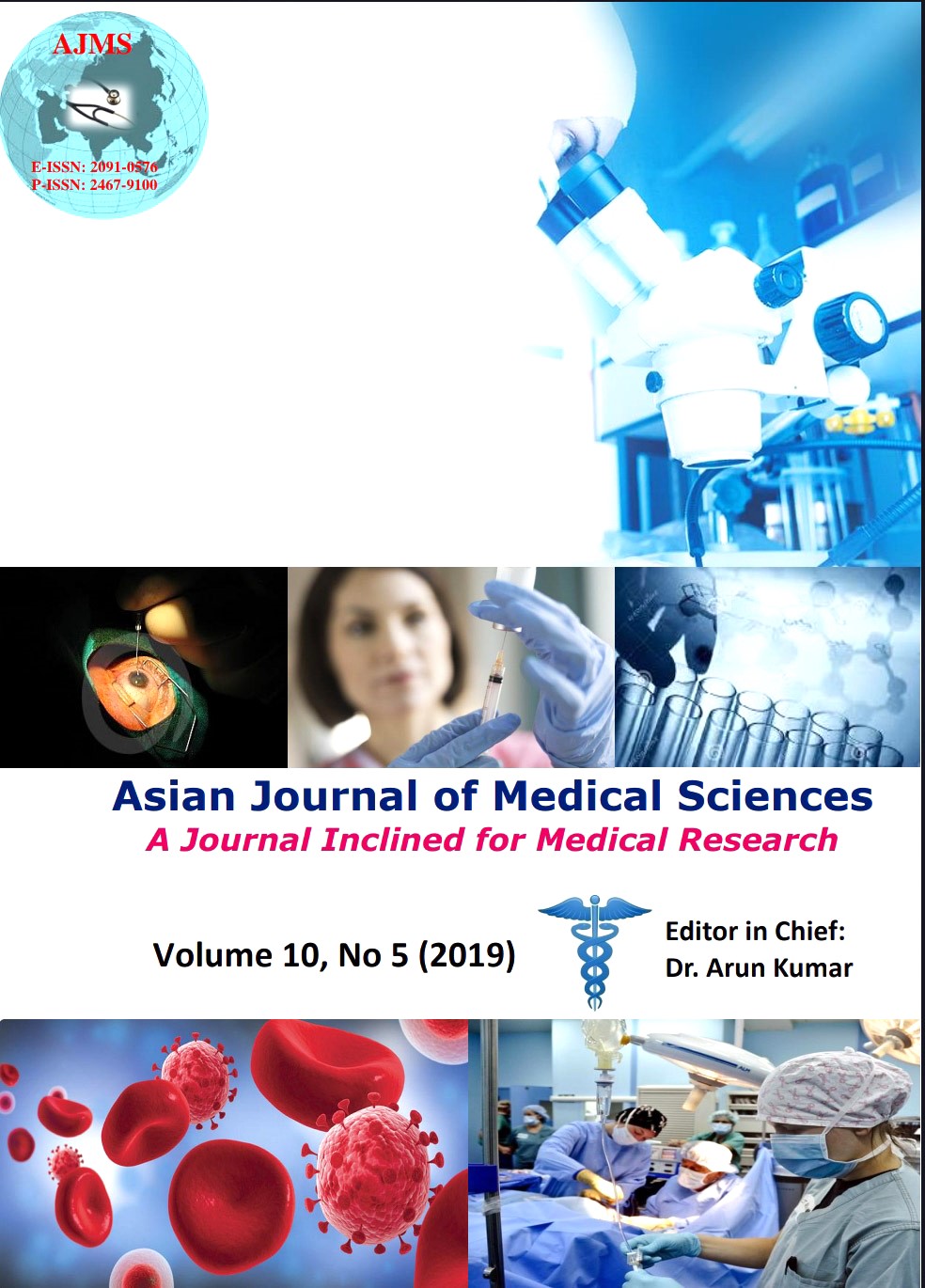Stress reduction by Phochong chanting indexed by Thai Stress Test
Keywords:
Stress, Thai Stress Test, Meditation, Chanting, PhotchongAbstract
Background: Stress is traditionally defined as either a bodily or mental tension resulting from factors that tend to alter an existent equilibrium or the process of appraising events of assessing potential responses, and of responses which may include not just physiological but also cognitive and behavioural changes.
Aims and Objective: The purpose of this study was to examine the stress reduction after listening to Phochong chanting.
Materials and Methods: Forty participants were participated in this study. They were divided into two groups; the control group who saw a spot on computer screen while listening to Phochong chanting for 10 minutes, and the target group who saw the Buddha image while listening to Phochong chanting for 10 minutes. The Thai Stress Test was used as a tool to examine the stress reduction. Frequency, percentage, mean, and standard deviation were used for descriptive data analysis. Paired sample t-test was also used to compare between before and after listening to Phochong chanting.
Results: The percentage of participants in the target group who felt ‘excellent mental health’ was 20.0% and only 10% for the control one. The 55.0% in the target group felt ‘normal mental health’ while 45.0% was for the control one. About 25.0% of the target group felt ‘mild stress’ while 45.0% was in the control one. However, no participant showed ‘sever stress (stressful)’ in this study. The Thai Stress Test has adequate reliability, adequate construct validity, and sufficient discriminant power.
Conclusion: By listening to Phochong chanting would help the stress level reduction.
Downloads
Downloads
Published
How to Cite
Issue
Section
License
Authors who publish with this journal agree to the following terms:
- The journal holds copyright and publishes the work under a Creative Commons CC-BY-NC license that permits use, distribution and reprduction in any medium, provided the original work is properly cited and is not used for commercial purposes. The journal should be recognised as the original publisher of this work.
- Authors are able to enter into separate, additional contractual arrangements for the non-exclusive distribution of the journal's published version of the work (e.g., post it to an institutional repository or publish it in a book), with an acknowledgement of its initial publication in this journal.
- Authors are permitted and encouraged to post their work online (e.g., in institutional repositories or on their website) prior to and during the submission process, as it can lead to productive exchanges, as well as earlier and greater citation of published work (See The Effect of Open Access).




